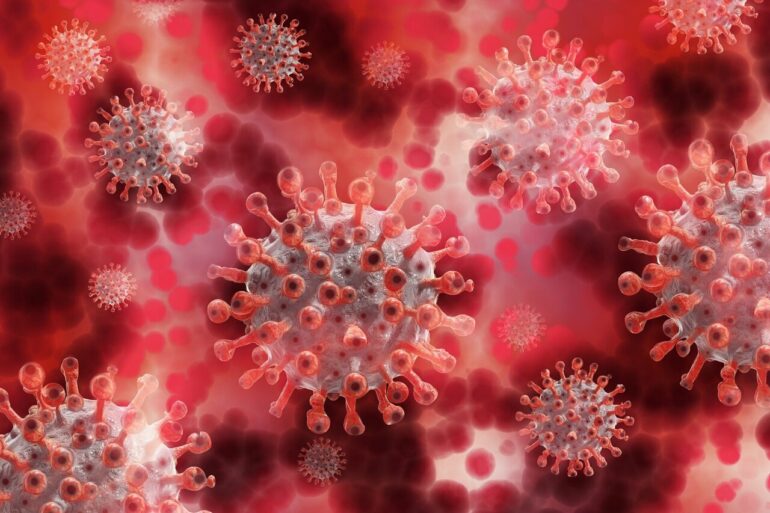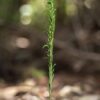The intricate biological process known as autophagy plays a vital role in keeping our cells healthy and functioning by sweeping up and recycling bits of debris and invading microorganisms.
Until recently, much of what was known about autophagy was based on studies of yeast cells, work that in 2016 led to a Nobel Prize for Japanese researcher Yoshinori Ohsumi.
Now, a team headed by Vojo Deretic, Ph.D., distinguished professor and director of The University of New Mexico’s Autophagy, Inflammation & Metabolism (AIM) Center of Biomedical Research Excellence, has mapped out key details of how autophagy functions in mammals—including humans.
And, in a startling finding, the researchers provide evidence showing that SARS-CoV-2 infection can disrupt the process.
“This underscores the significance of autophagy as a process,” Deretic says of the new research. “The field is struggling to understand how it works in mammalian and human cells.”
In a paper published this month in the journal Cell, he and his colleagues describe how two proteins—FIP200 and ATG16L1—that reside on different cell membranes merge to form “hybrid pre-autophagosomal structures” (HyPAS).
This is a key step in the development of autophagosomes, spherical structures that engulf damaged proteins, bacteria, viruses and other debris, and transport them to lysosomes, where enzymes break the material down into molecules that can be reused.
“Autophagy depends on the formation of these membranes inside the cell,” Deretic says. “Until now, we didn’t know where those membranes were coming from. They just magically appeared—so this is the magic.”
Because the process of HyPAS formation had not been well described, the scientists who reviewed the paper prior to its publication were skeptical. “It took a lot of experiments to establish the HyPAS with reviewers,” he says. “It was submitted last year in August, so it takes a while to develop something like that.”
The research team, which included scientists in Norway, Iceland and Finland, as well as at the University of Virginia and University of California, Davis, were surprised to find that the SARS-CoV-2 coronavirus interferes with the autophagy process, Deretic says.
Cells have powerful innate immune mechanisms to recognize viruses trying to replicate in their interior cytoplasm, Deretic says, but the coronavirus has found a sneaky way to reproduce. “SARS-CoV-2 hijacks the cellular membrane. This is its big secret,” he says.
“If the virus is to be successful, it needs to hide inside the membranes, so that these systems that exist inside the cell won’t find it,” he says. “It’s inhibiting autophagy so that it can use the membranes for its own nefarious work. They’re clever little things.”
The project was a team effort, Deretic says, crediting colleagues in the AIM Center, along with Steve Bradfute, Ph.D., assistant professor in the UNM Center for Global Health, Graham Timmins, Ph.D., professor in the UNM College of Pharmacy, and members of the UNM Department of Physics & Astronomy.
More information:
Suresh Kumar et al, Mammalian hybrid pre-autophagosomal structure HyPAS generates autophagosomes, Cell (2021). DOI: 10.1016/j.cell.2021.10.017
Provided by
University of New Mexico
Citation:
Team maps out how autophagy functions in mammals; SARS-CoV-2 infection can disrupt the process (2021, November 22)



